When selecting a medicine cabinet for bathroom, one question often arises: Do medicine cabinets have to go into the wall? Medicine cabinets come in various installation types, and deciding whether to use a recessed (in-wall) or wall-mounted (surface) installation can impact your bathroom's style and functionality.
In this guide, we’ll discuss the differences between recessed and wall-mounted medicine cabinets, including their pros and cons and factors to consider. Whether remodeling or updating your bathroom, this information will help you choose the best medicine cabinet installation.
Why Medicine Cabinet Installation Type Matters
The way a medicine cabinet is installed affects several aspects of your bathroom’s design and functionality:
- Space Efficiency:Recessed cabinets save space by sitting flush with the wall, while wall-mounted cabinets protrude slightly.
- Aesthetic Appeal:The installation type affects the look and style of the cabinet and can add to the bathroom’s overall design theme.
- Ease of Installation:Recessed cabinets require more work, while wall-mounted cabinets are more accessible to mount and remove.
Let’s explore the two main installation types and the considerations when choosing the best medicine cabinet for your bathroom.
Recessed Medicine Cabinets: Built Directly into the Wall
What Is a Recessed Medicine Cabinet?

A recessed medicine cabinet is installed into the wall, making it flush with the wall surface. This installation requires cutting the drywall and fitting the cabinet into the wall cavity, creating a sleek and streamlined appearance. Recessed cabinets are often famous for modern bathrooms, offering a minimalist look without taking up extra space.
Advantages of Recessed Medicine Cabinets
- Space-Saving Design:Recessed cabinets don’t protrude into the bathroom space since they sit within the wall, making them ideal for smaller bathrooms.
- Sleek, Modern Appearance:Recessed cabinets have a built-in look and provide a clean, polished finish that blends well with contemporary and minimalist decor.
- Enhanced Bathroom Flow:Recessed cabinets reduce visual clutter, creating a more open, spacious feel, especially in compact bathrooms.
Disadvantages of Recessed Medicine Cabinets
- Complex Installation:Installing a recessed cabinet is more involved and may require cutting through drywall, framing, and sometimes even electrical work if the wiring needs to be adjusted.
- Permanent Placement:Once installed, moving or removing a recessed cabinet is challenging, so placement must be carefully planned.
- Wall Depth Requirements:Recessed cabinets require enough depth to fit the cabinet body, which may only be feasible in some homes or walls containing plumbing or electrical wiring.
When to Choose a Recessed Medicine Cabinet
A recessed medicine cabinet is an excellent choice if:
- You’re working with a tiny bathroom where space is at a premium.
- You prefer a minimalist, built-in look that integrates seamlessly with the wall.
- You’re renovating and have the opportunity to open walls and make structural adjustments.
Wall-Mounted Medicine Cabinets: Easy-to-Install Surface Mounting
What Is a Wall-Mounted Medicine Cabinet?
A wall-mounted medicine cabinet, also known as a surface-mounted cabinet, is installed directly onto the wall surface, making it a more straightforward and flexible option. This type of cabinet is affixed to the wall with screws, and no cutting into the wall is required.
Advantages of Wall-Mounted Medicine Cabinets
- Easy Installation:Wall-mounted cabinets are relatively easy to install, making them an ideal DIY project. This can save time and labor costs compared to recessed installations.
- Greater Flexibility:These cabinets are mounted directly on the wall and can be placed almost anywhere, regardless of wall depth or structural limitations.
- Variety of Designs:Wall-mounted cabinets come in various styles and finishes, from traditional to modern, allowing for more design flexibility.
Disadvantages of Wall-Mounted Medicine Cabinets
- Protrudes from the Wall:Because they aren’t flush with the wall, wall-mounted cabinets extend into the bathroom space, which can be a drawback in smaller bathrooms.
- Less Integrated Look:For those aiming for a sleek, seamless look, wall-mounted cabinets may not offer the same visual appeal as recessed options.
- More Susceptible to Bumps:In narrow bathrooms, wall-mounted cabinets can be more prone to accidental bumps due to their protruding nature.
When to Choose a Wall-Mounted Medicine Cabinet
A wall-mounted medicine cabinet is an excellent choice if:
- You want a more straightforward installation that doesn’t require cutting into walls.
- You’re dealing with a wall that has plumbing, wiring, or studs that would interfere with a recessed cabinet.
- You prefer to change up your bathroom decor periodically and want a cabinet that’s easier to move or replace.
Comparing Recessed and Wall-Mounted Medicine Cabinets
Functionality Comparison
- Storage Space:Both types of cabinets offer similar internal storage, though recessed cabinets tend to have a more compact appearance.
- Accessibility:Wall-mounted cabinets are generally easier to access since they protrude, making the door and mirror slightly closer.
- Customizable Shelving:Both types can come with adjustable shelves, allowing you to store various items comfortably.
Style and Design Comparison
- Modern vs. Traditional:Recessed cabinets, due to their streamlined appearance, work well in modern bathrooms, while wall-mounted cabinets, depending on the design, can be used in both modern and traditional spaces.
- Framed vs. Frameless:Both recessed and wall-mounted cabinets come in framed and frameless options, allowing for personalization based on your bathroom style.
Key Factors to Consider When Choosing Installation Type
Here are some practical considerations to help you decide on the best medicine cabinet installation for your bathroom:
Bathroom Size and Layout
- Small Bathrooms:If space is limited, a recessed cabinet that stays flush with the wall can help maximize the area.
- Larger Bathrooms:In more spacious bathrooms, a wall-mounted cabinet can add depth and dimension to the room, creating a layered look.
Wall Structure and Accessibility
Consider the structure of the wall where you plan to install the cabinet. Load-bearing walls, walls with plumbing or wiring, or walls with minimal depth may only be suitable for recessed cabinets with modifications.
Installation Budget
Recessed cabinets generally have higher installation costs due to the complexity of cutting into the wall and making structural adjustments. A wall-mounted cabinet is more budget-friendly as it typically involves just a few screws and essential tools.
Design Preferences and Longevity
Recessed cabinets are ideal if you’re aiming for a permanent, integrated look that enhances the bathroom’s aesthetics. Wall-mounted cabinets are better if you prefer flexibility or plan to update your decor periodically.
Hybrid Medicine Cabinets: The Best of Both Worlds
Some medicine cabinets offer a hybrid option, allowing you to install recessed or wall-mounted, depending on your preference and wall limitations. These versatile designs provide the flexibility of a wall-mounted cabinet with the sleek appearance of a recessed one.
Advantages of Hybrid Medicine Cabinets
- Installation Choice:You can choose the installation type based on the bathroom layout or structural limitations.
- Future Flexibility:A hybrid cabinet provides more versatility if you change its installation type during a renovation.
- Enhanced Design Options:Hybrid cabinets often come with a range of modern features, such as LED lighting, anti-fog mirrors, and USB outlets, making them a stylish and functional choice.
Hybrid cabinets are a practical choice to adapt your cabinet installation to future needs or renovations.
Finding the Best Medicine Cabinet for Your Bathroom
So, do medicine cabinets have to go into the wall? The answer depends on your bathroom’s layout, design preferences, and installation budget. Recessed cabinets provide a sleek, space-saving look, ideal for small bathrooms or modern spaces. Wall-mounted cabinets, on the other hand, are easy to install and versatile, making them suitable for a wide range of bathroom styles and layouts.
Whether you choose a recessed, wall-mounted, or hybrid cabinet, make sure it meets your storage needs, complements your bathroom’s style, and fits within your installation budget. With the right medicine cabinet, you can enhance both the functionality and aesthetics of your bathroom, creating a space that is organized, stylish, and a pleasure to use every day.


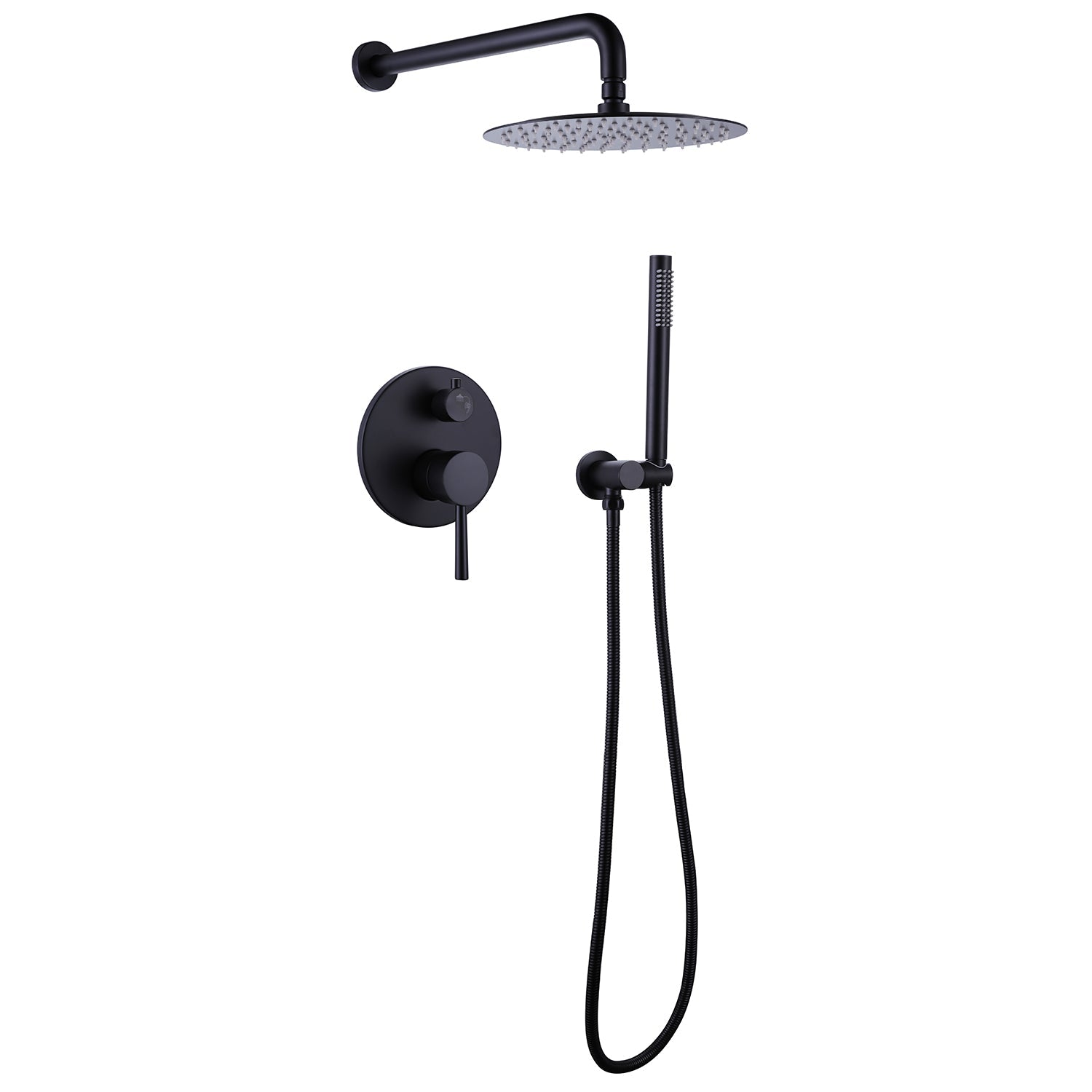




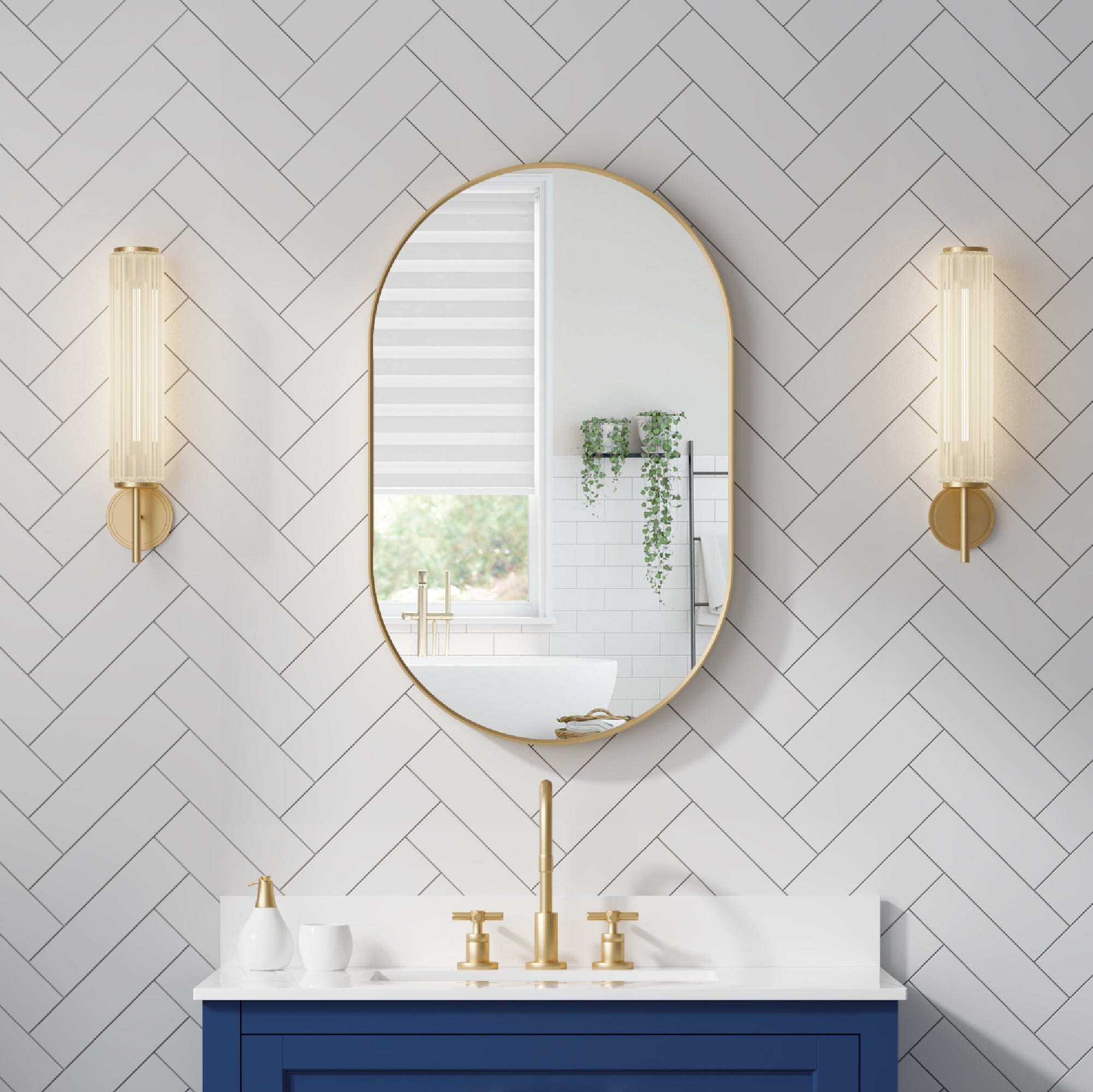




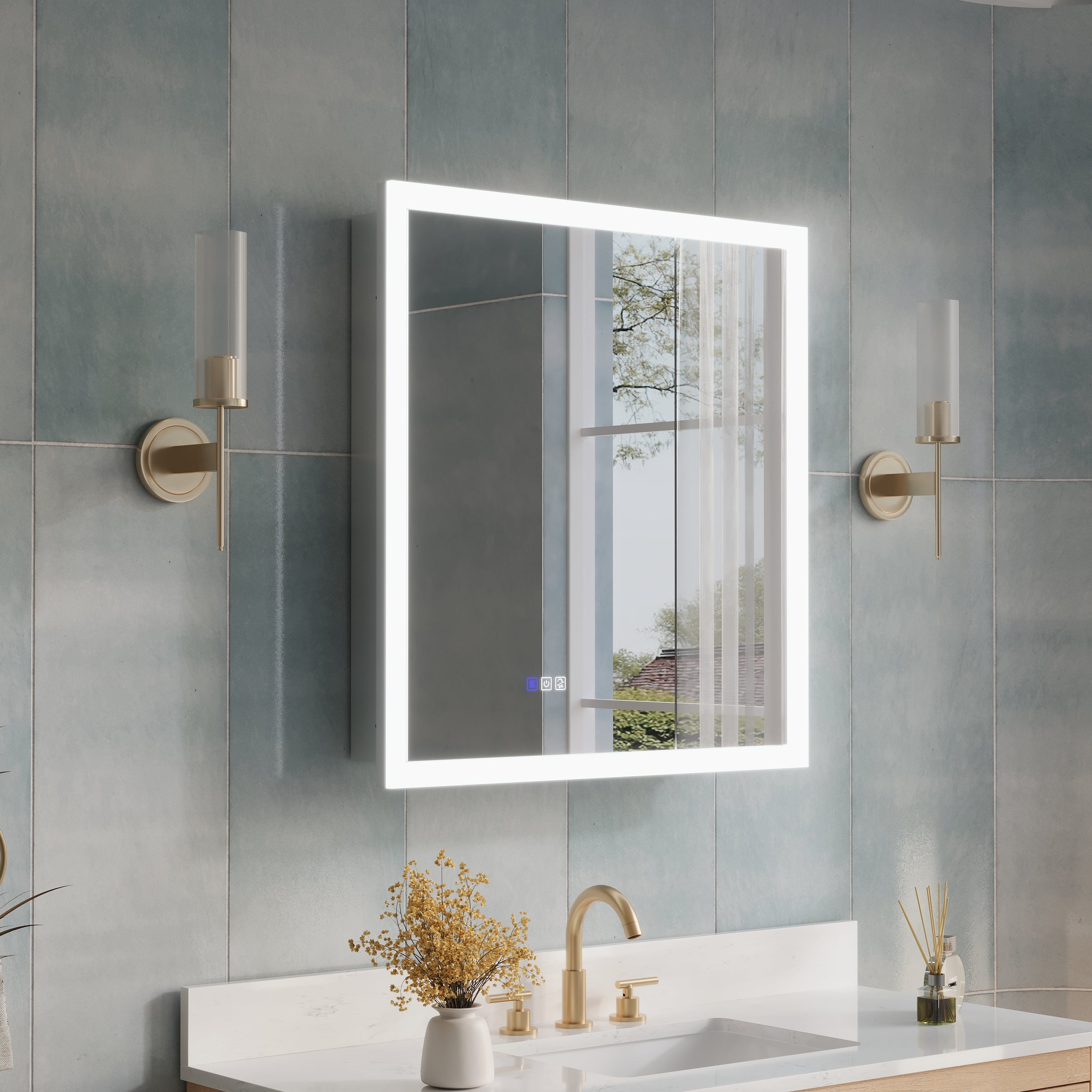
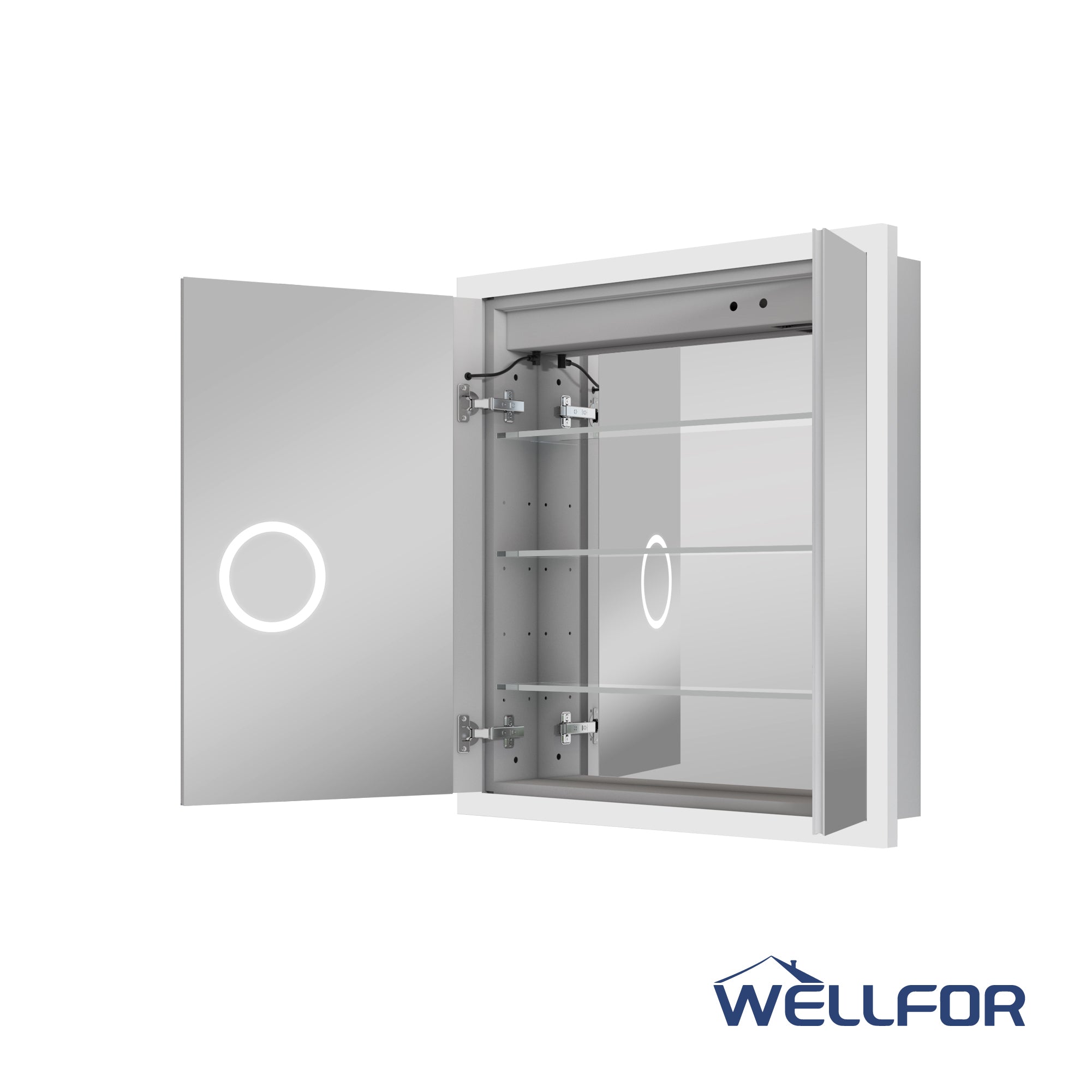
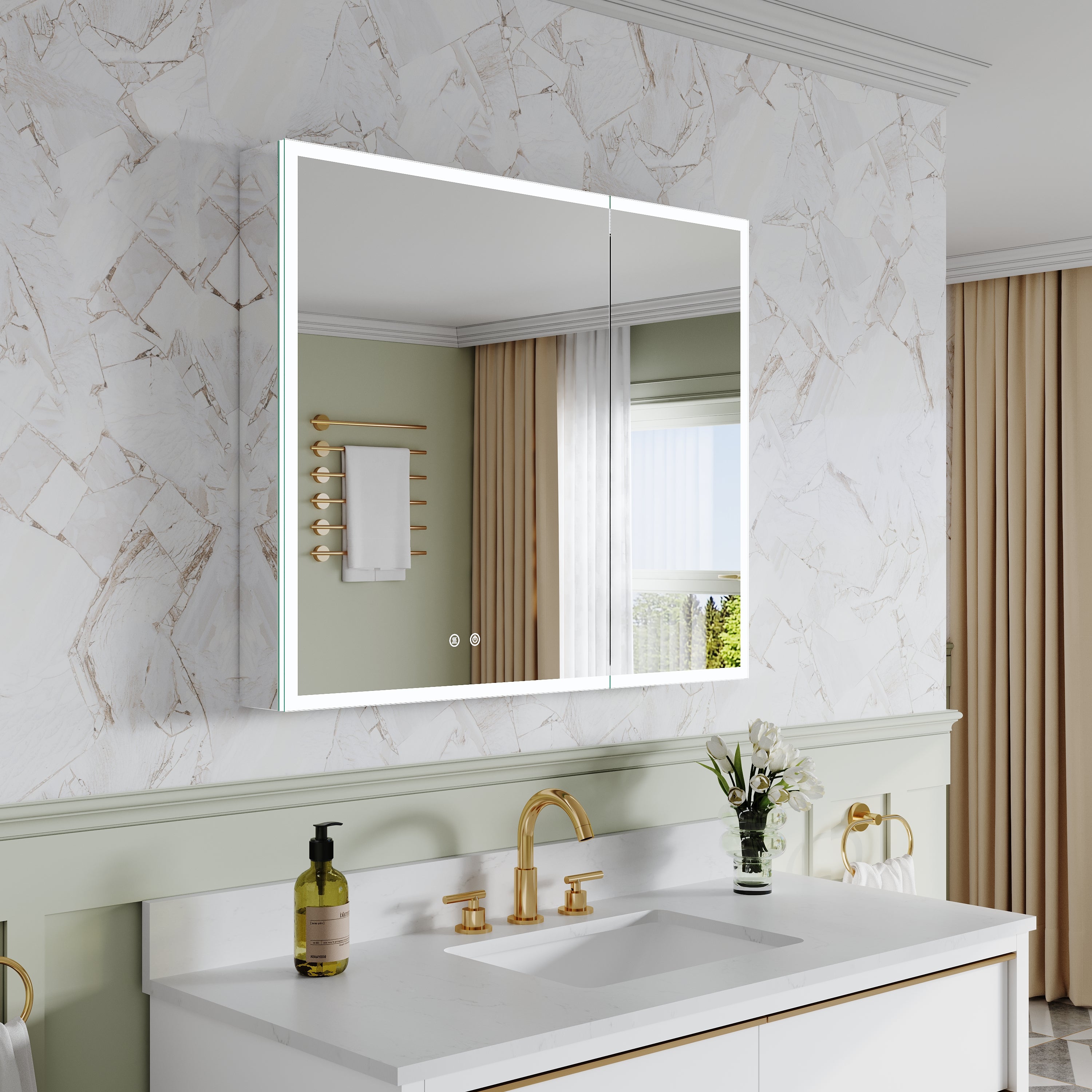





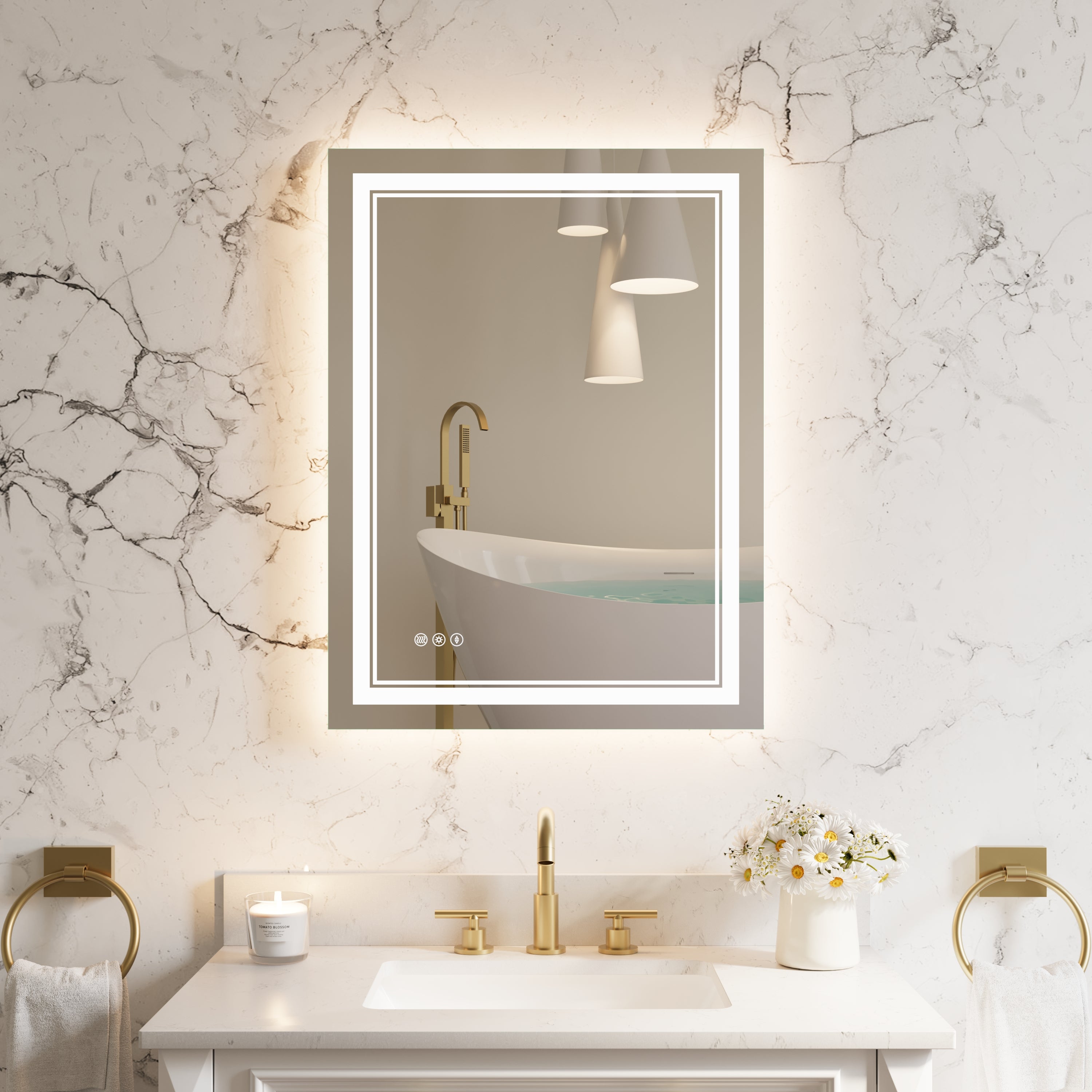




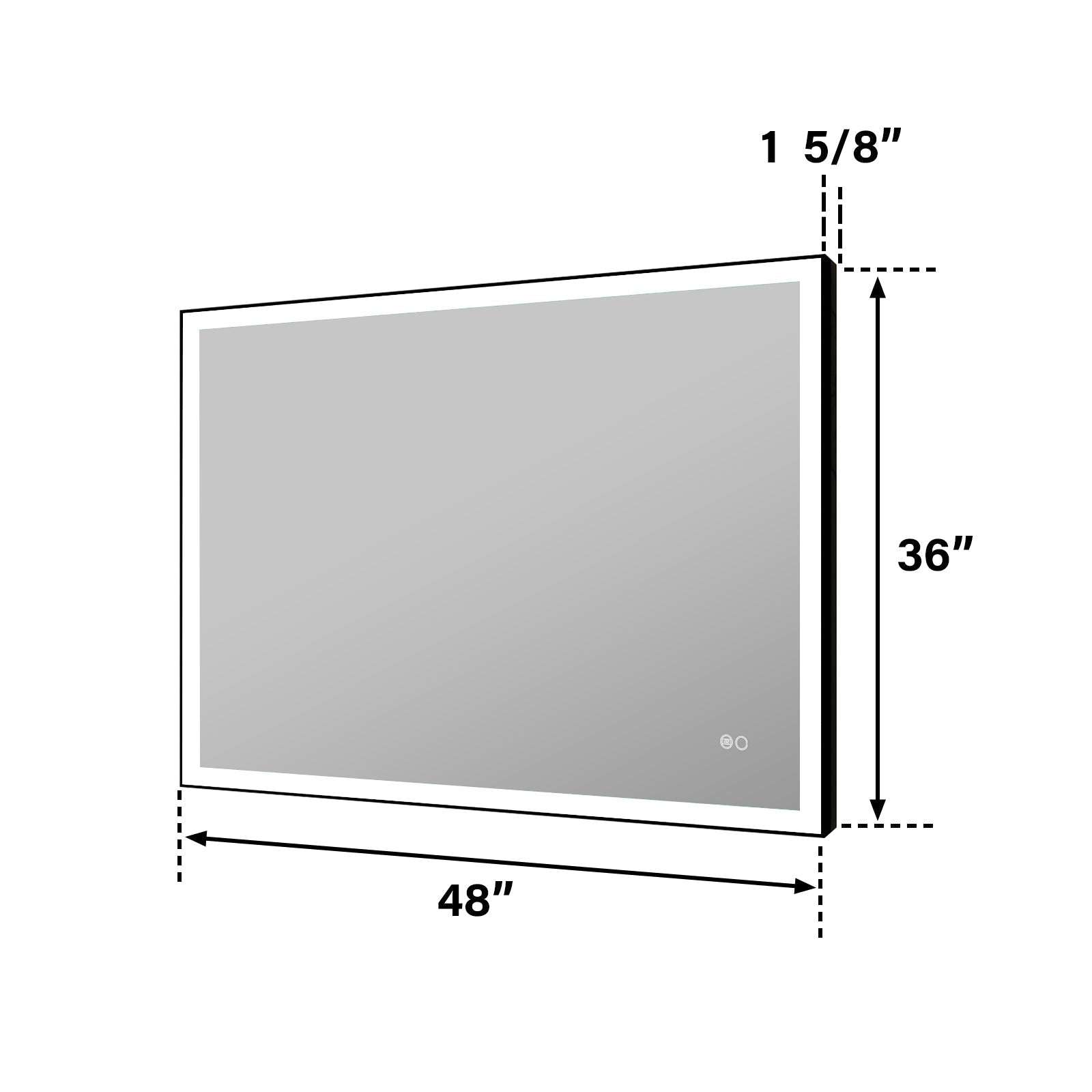
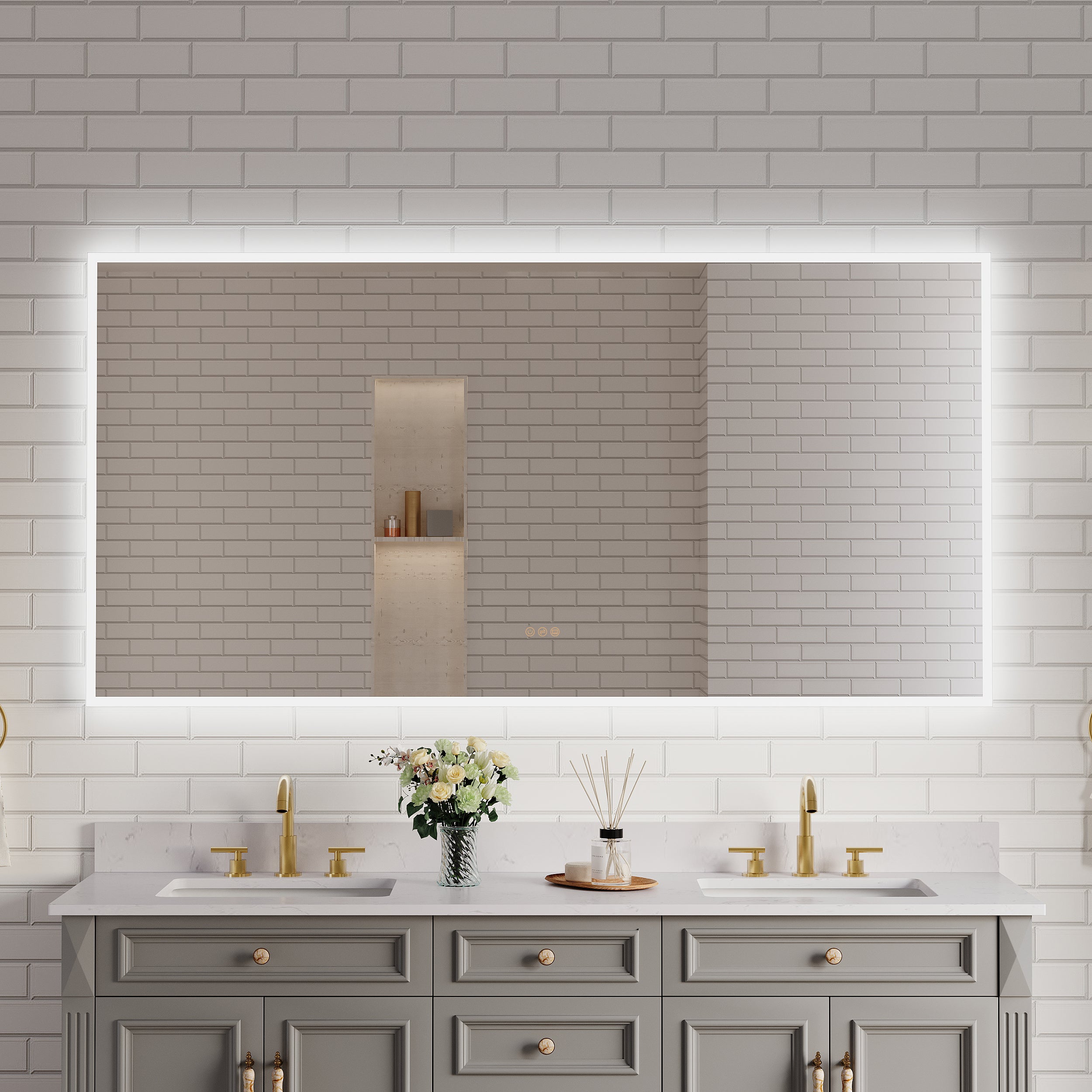


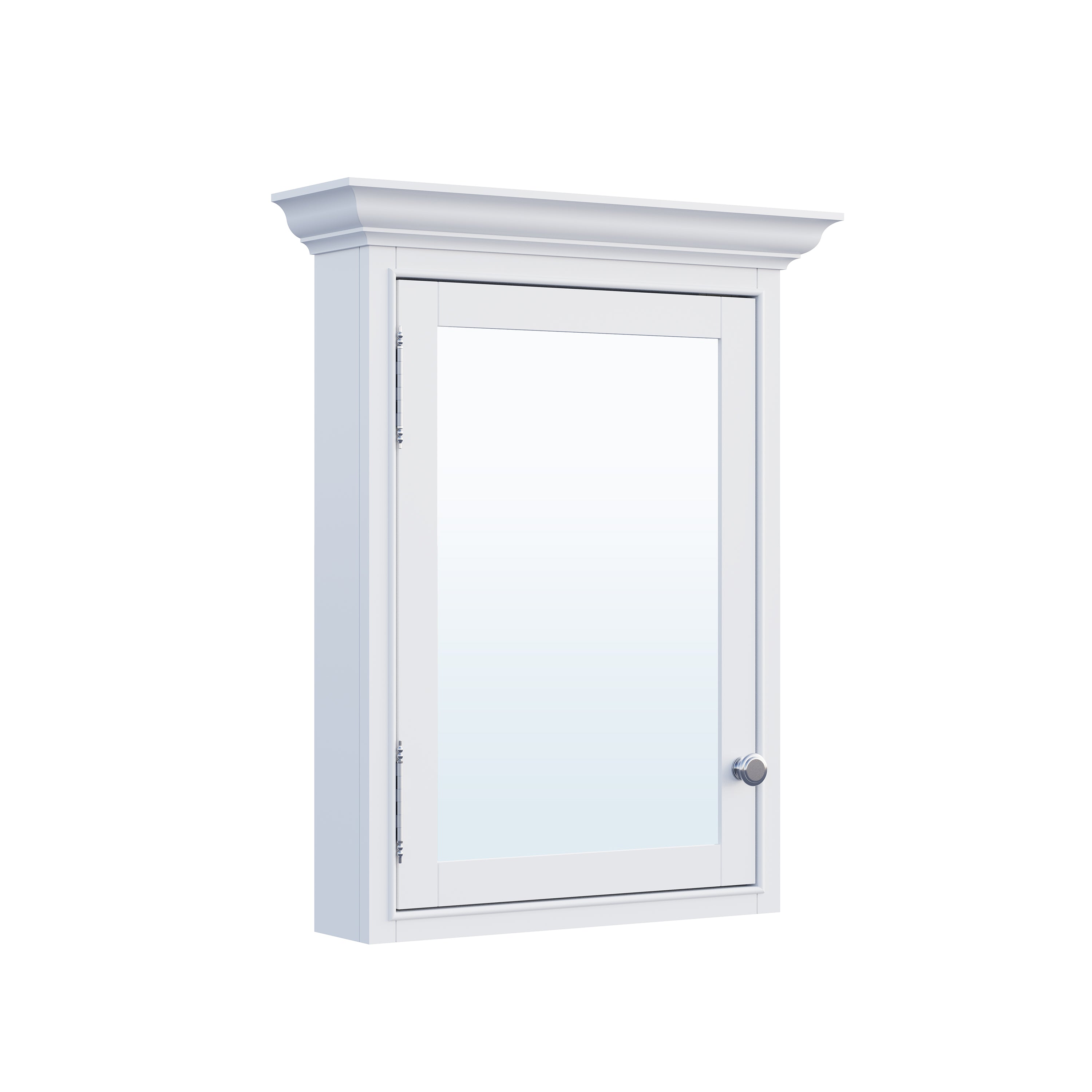

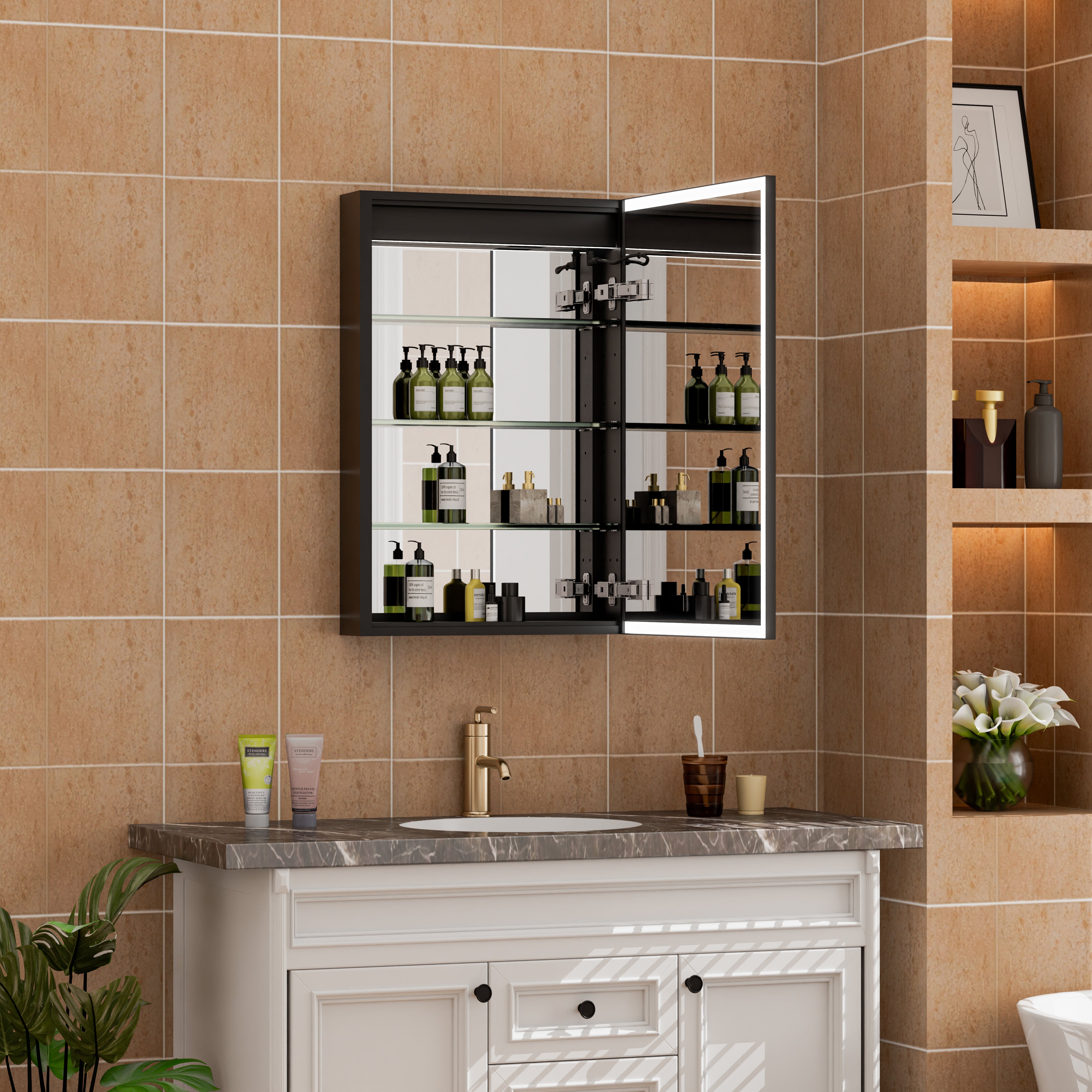


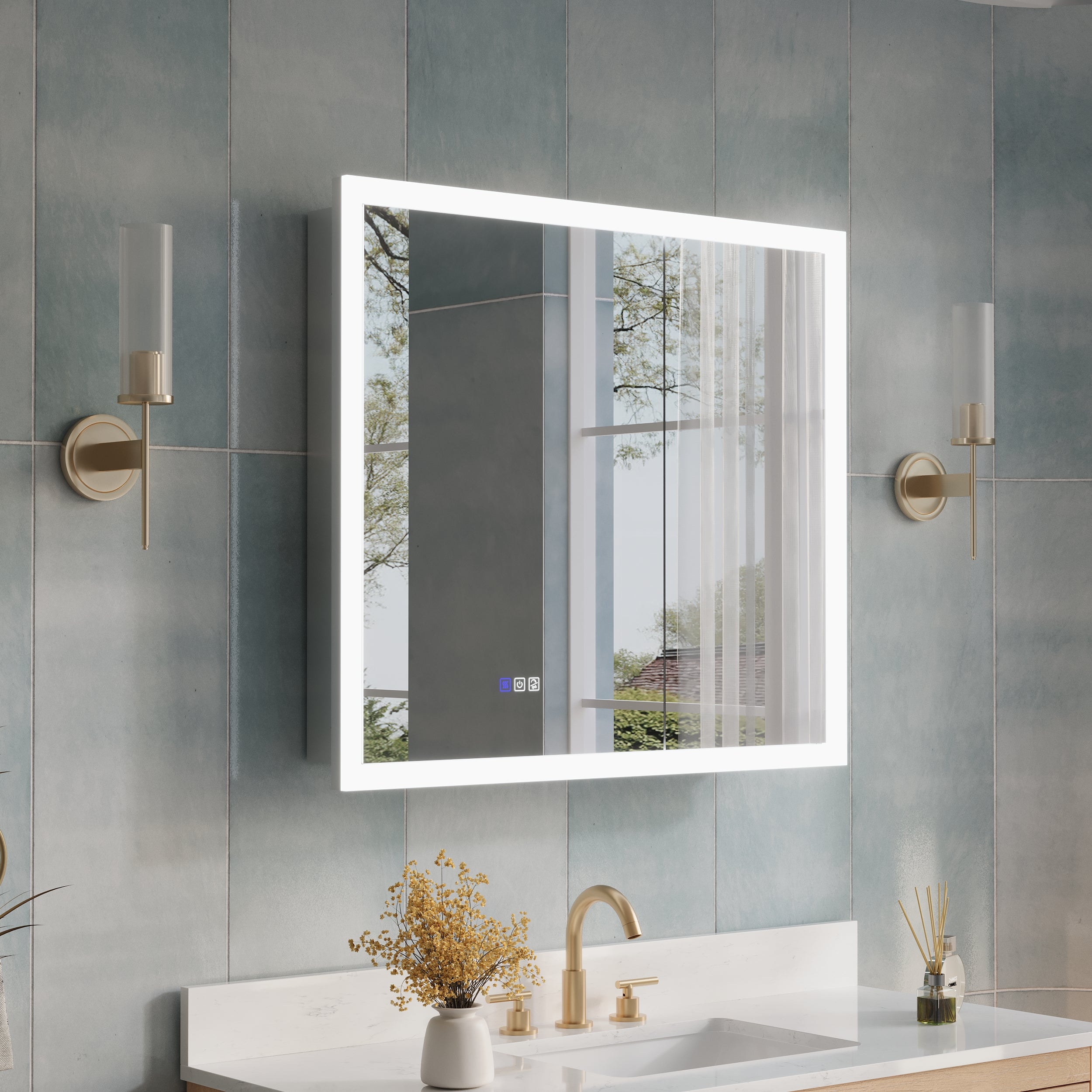
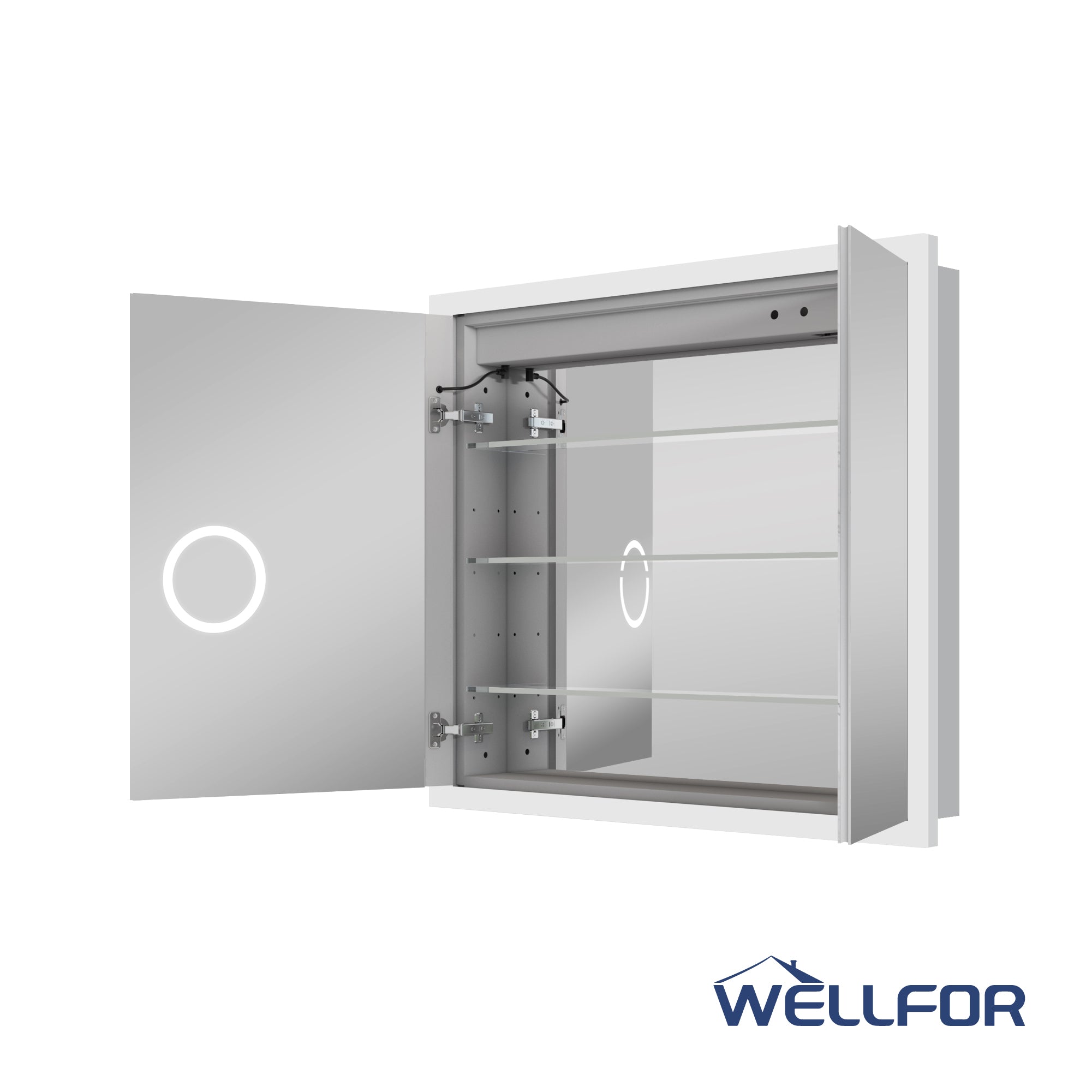
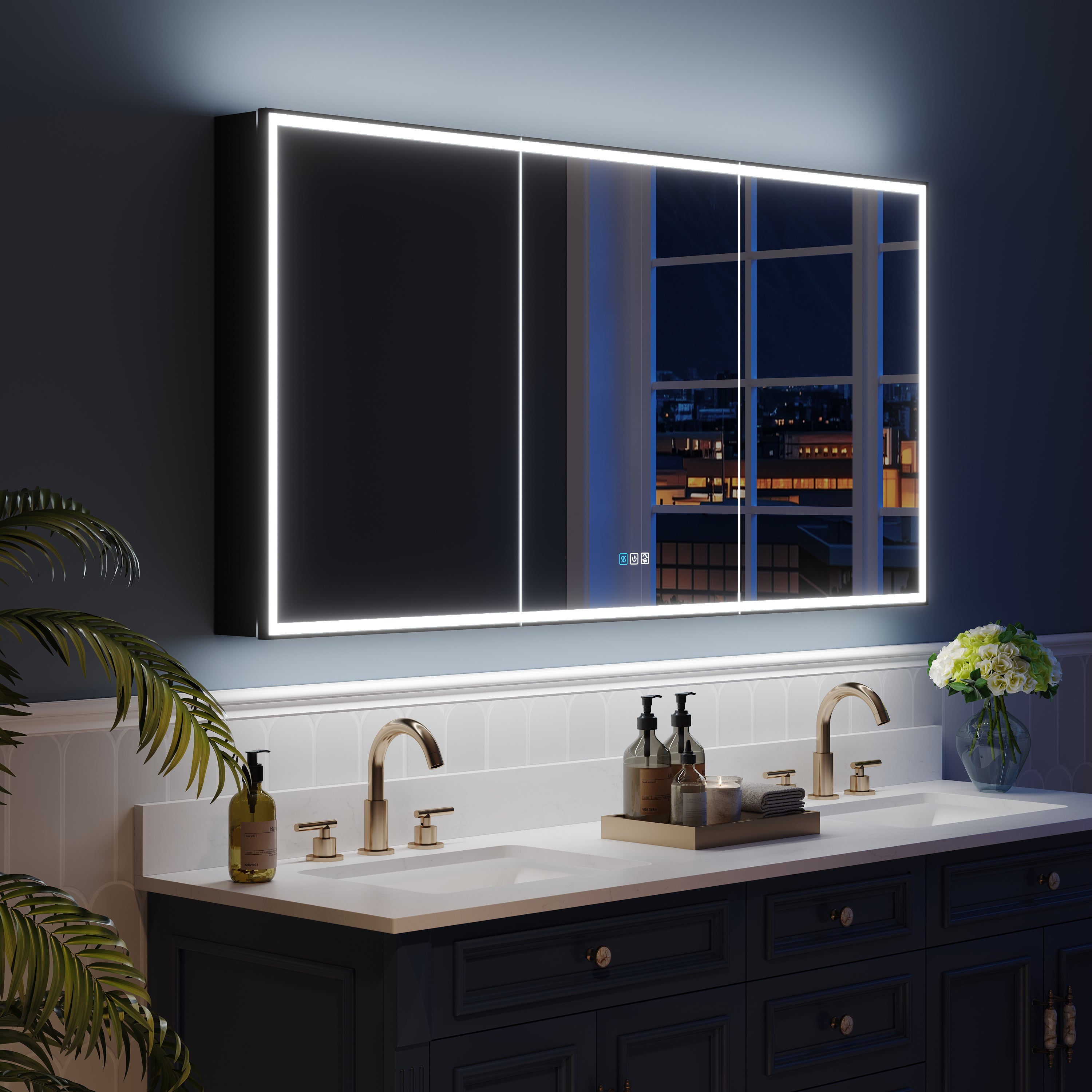


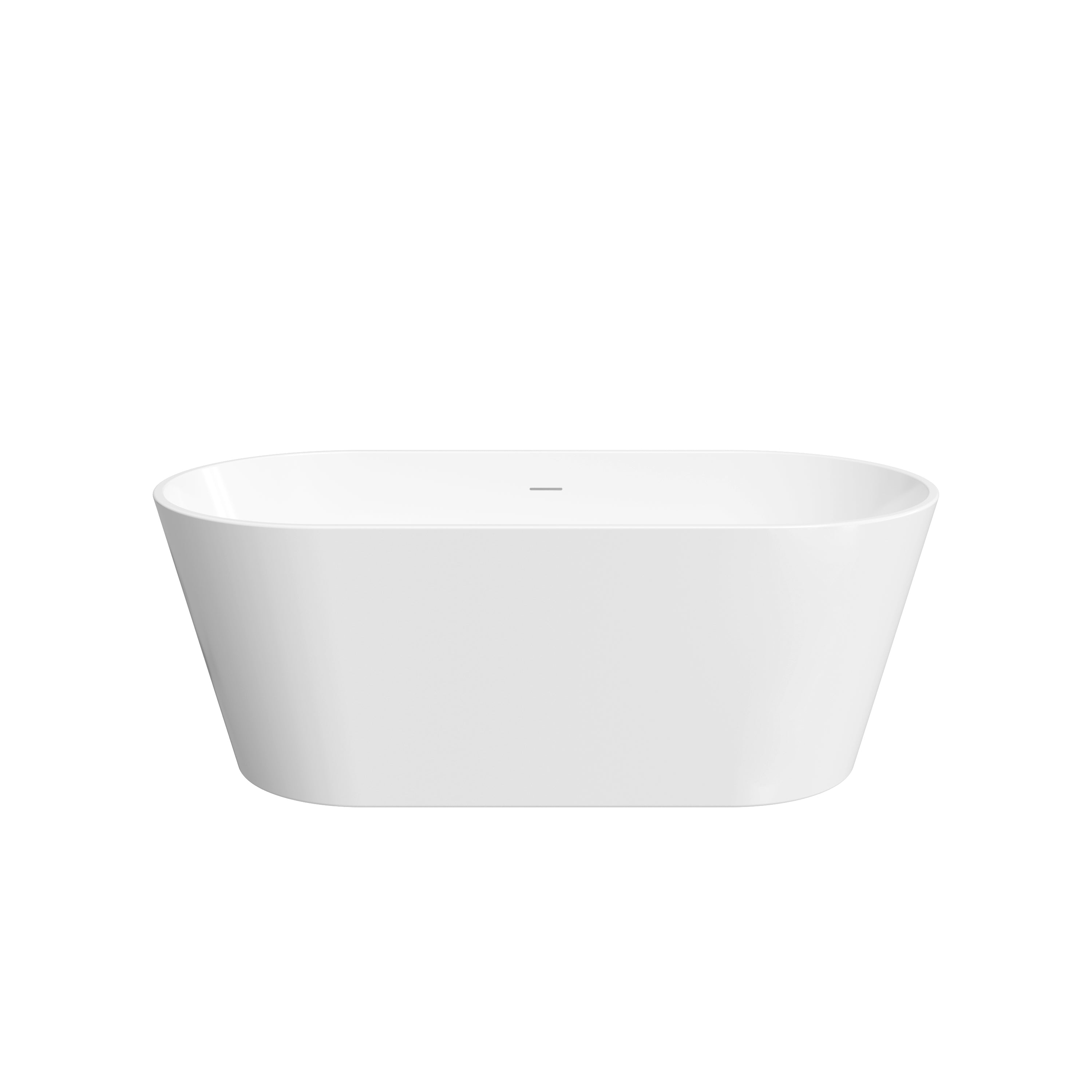


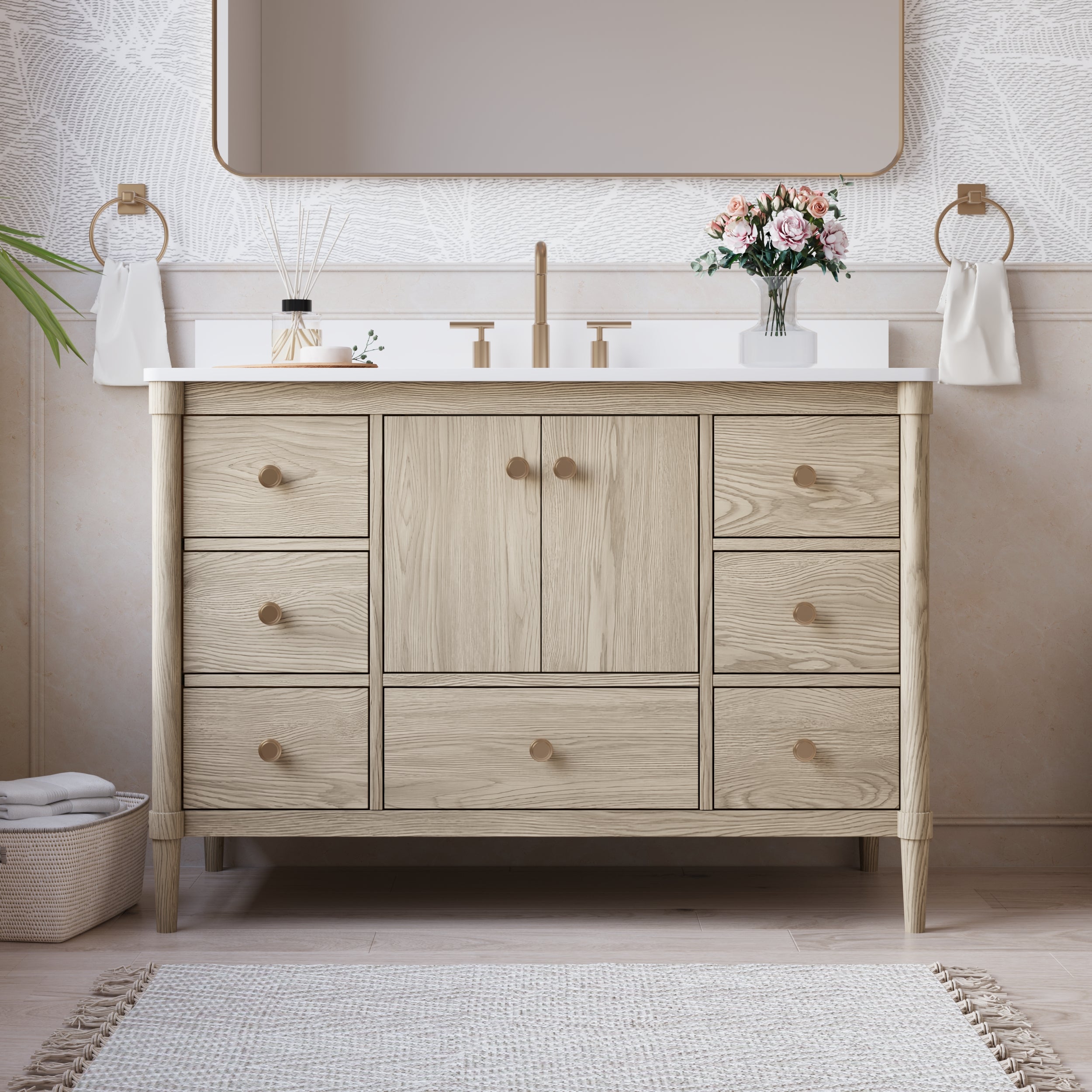


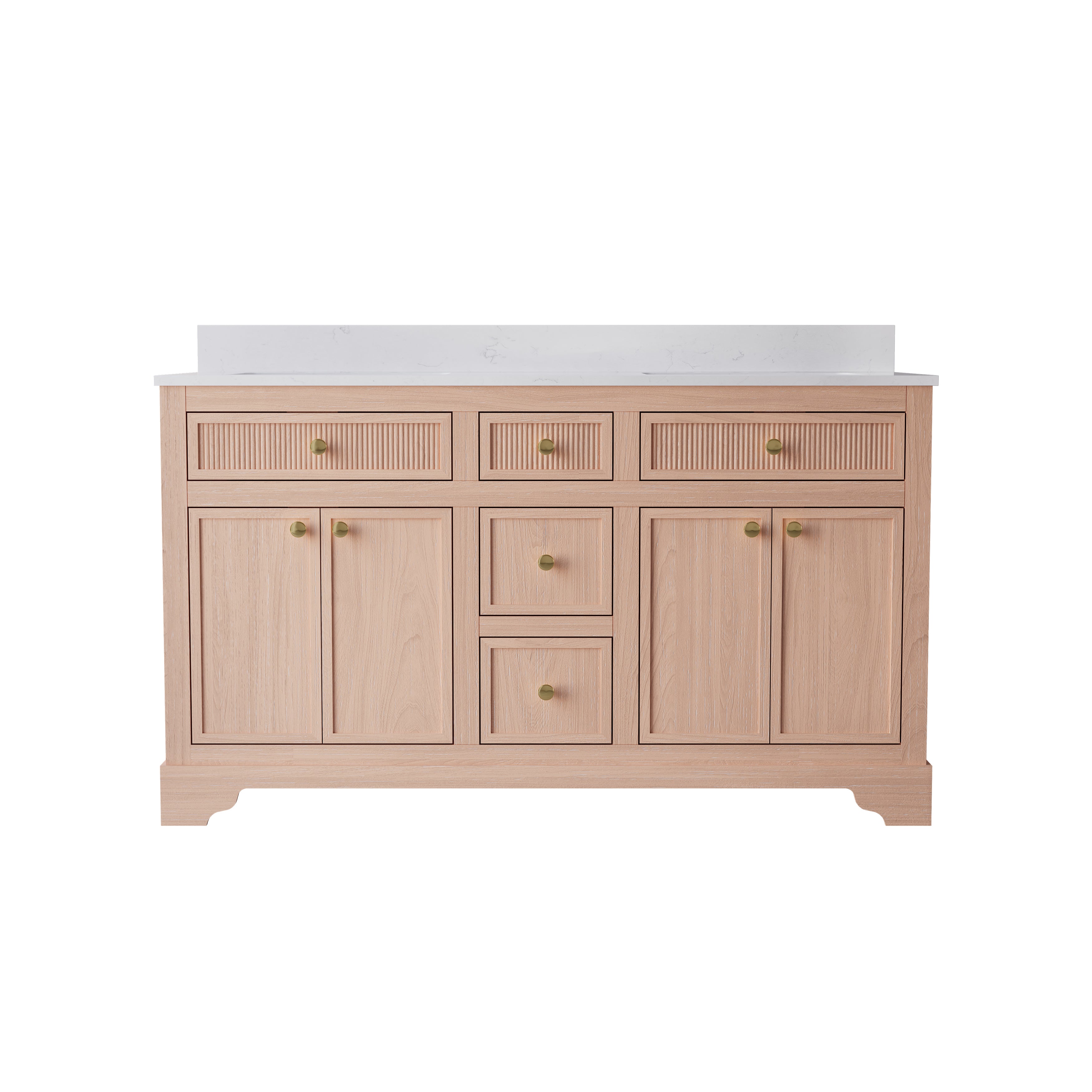
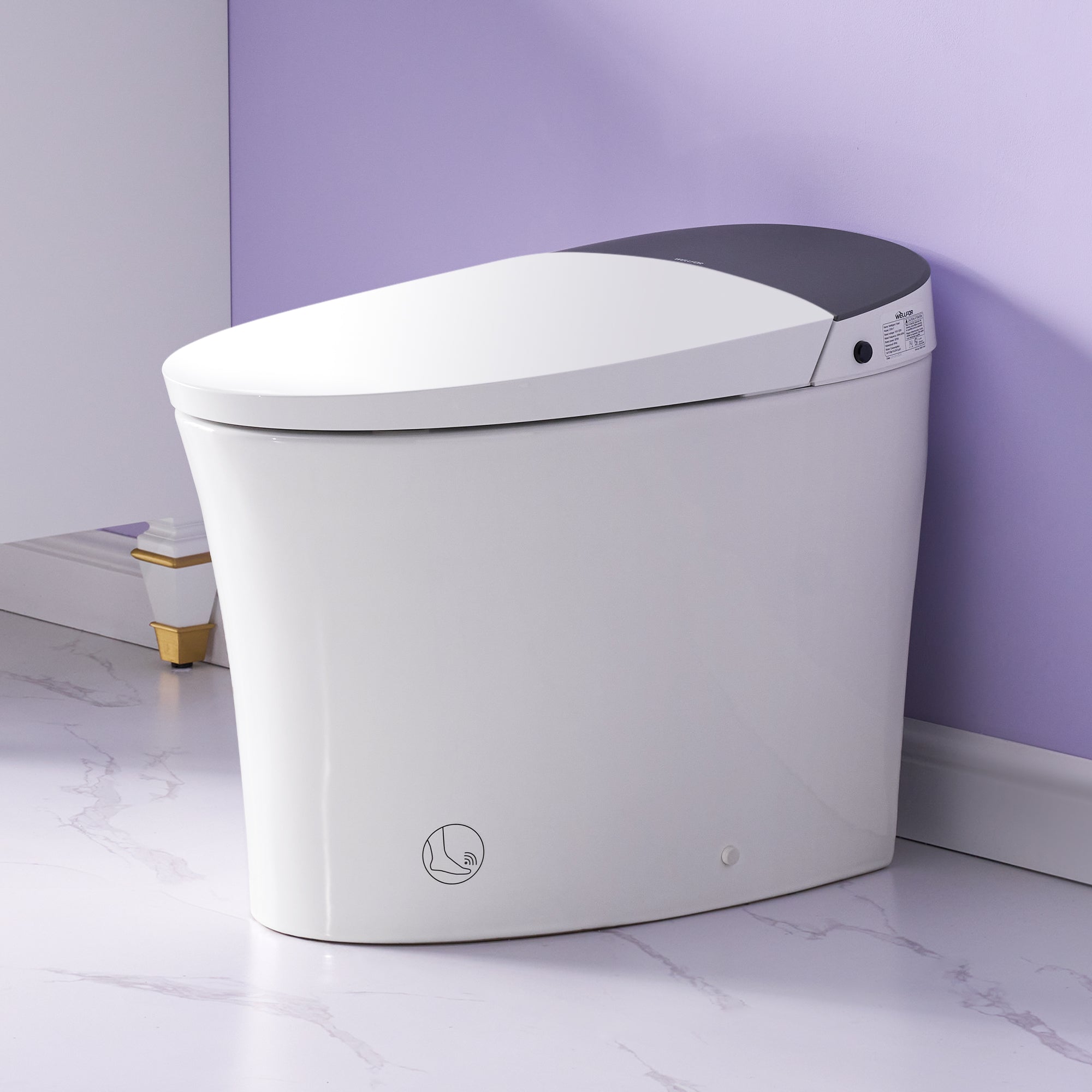
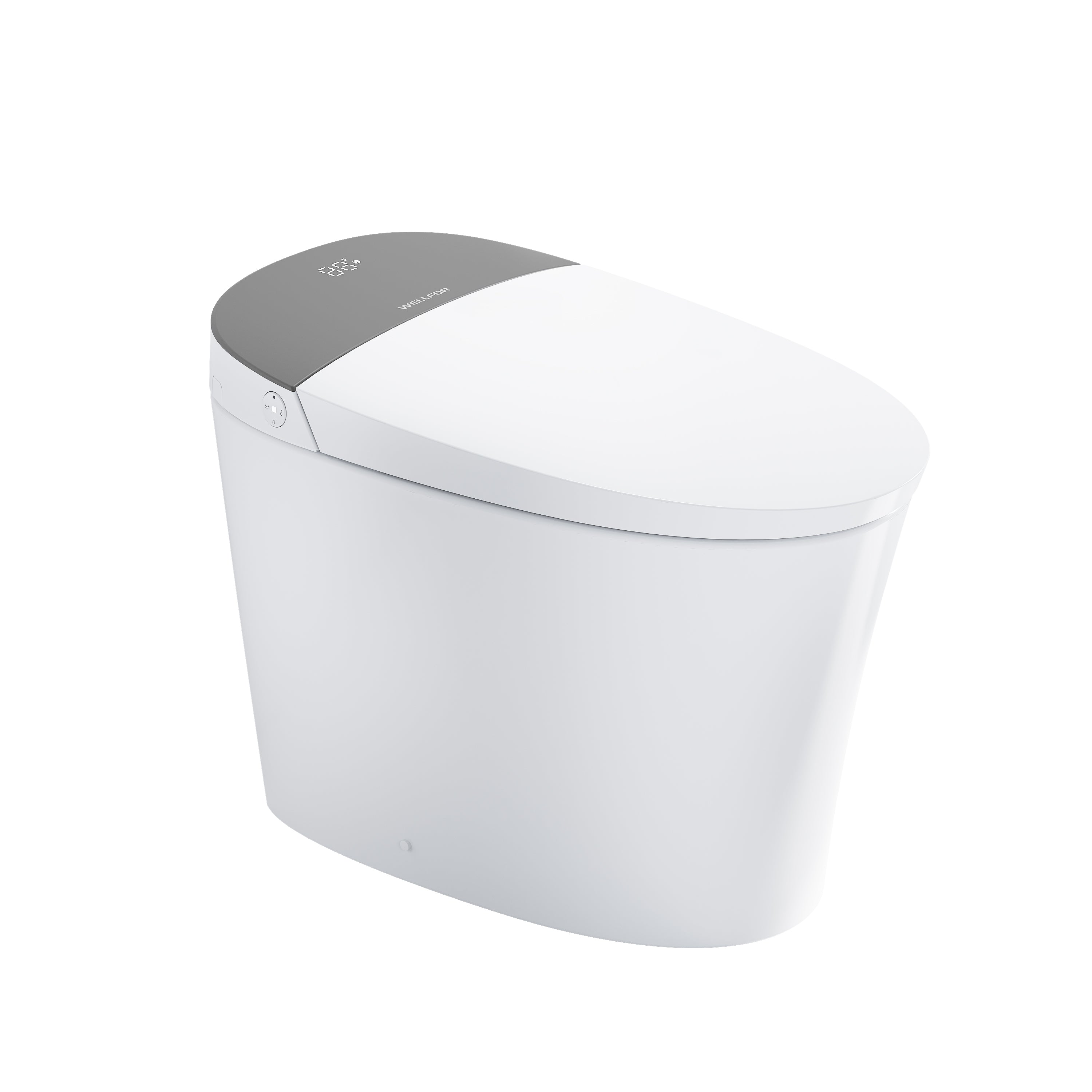
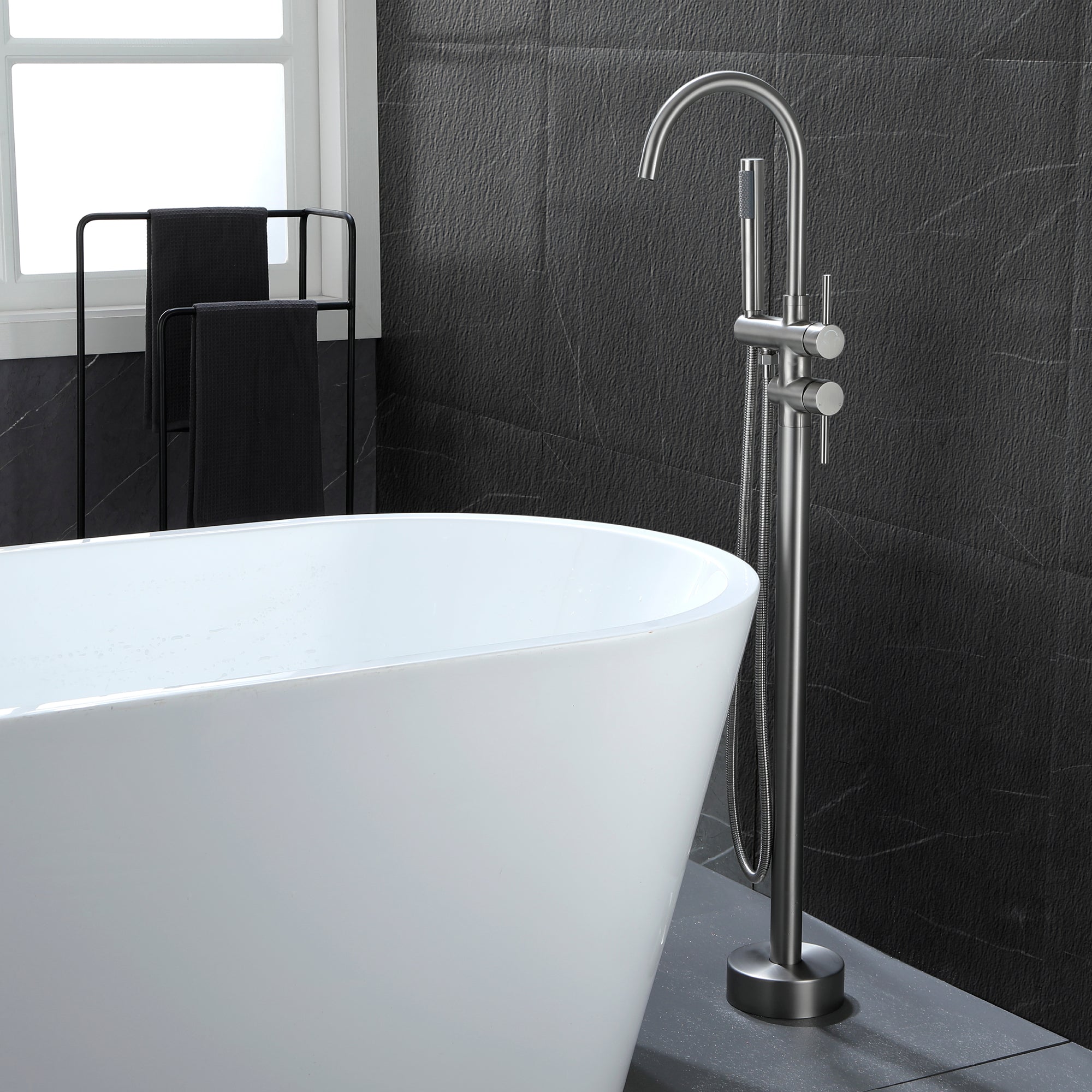

Leave a comment
This site is protected by hCaptcha and the hCaptcha Privacy Policy and Terms of Service apply.